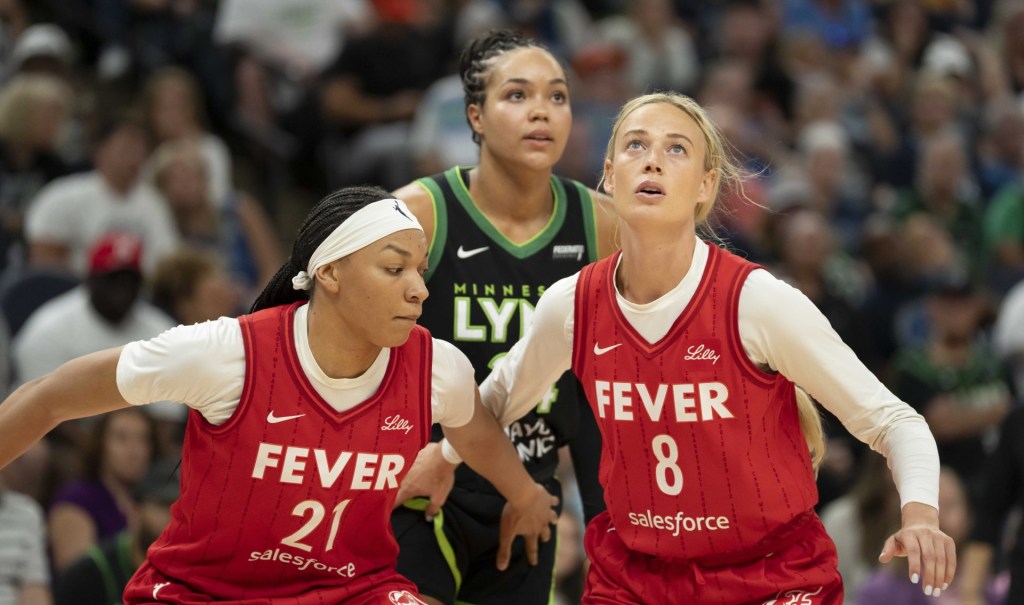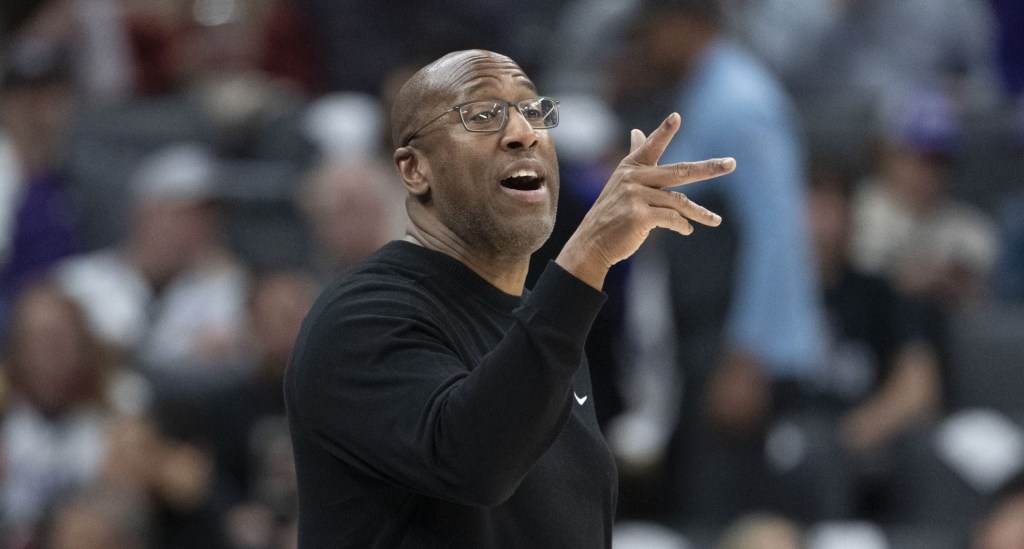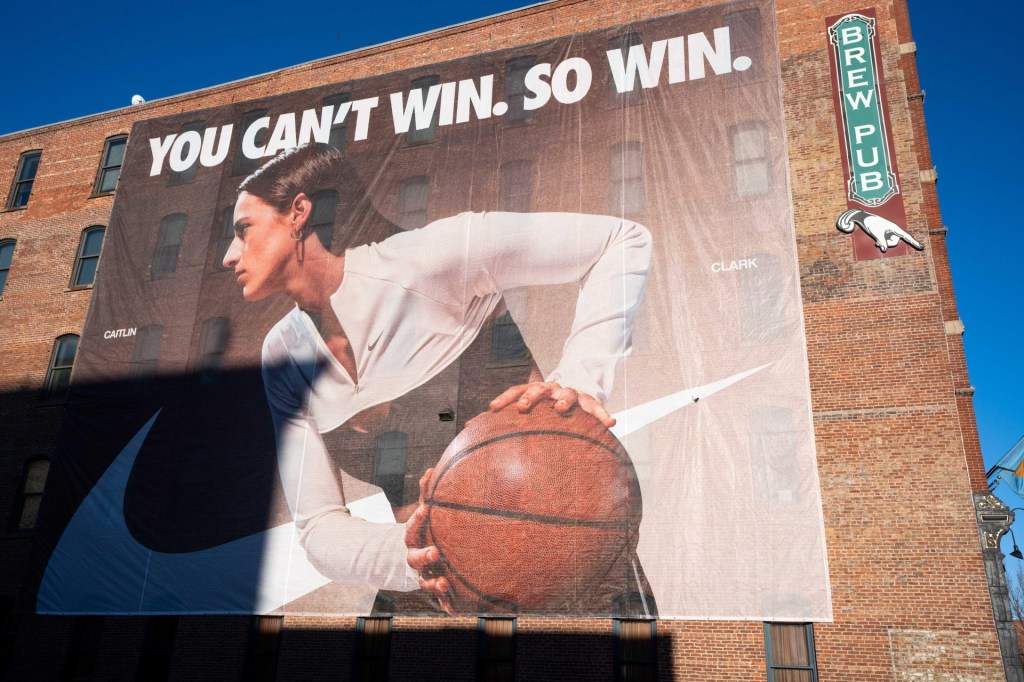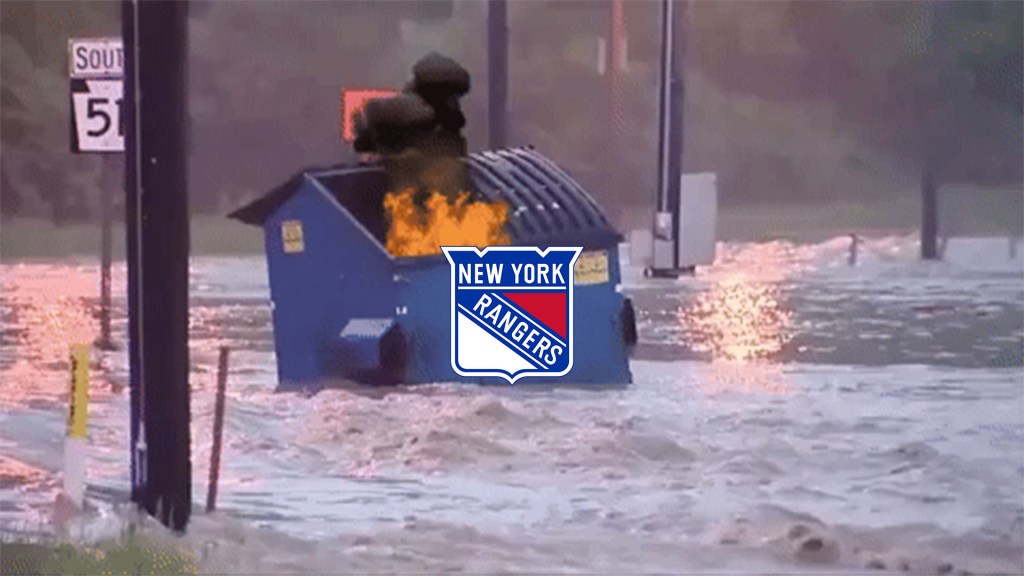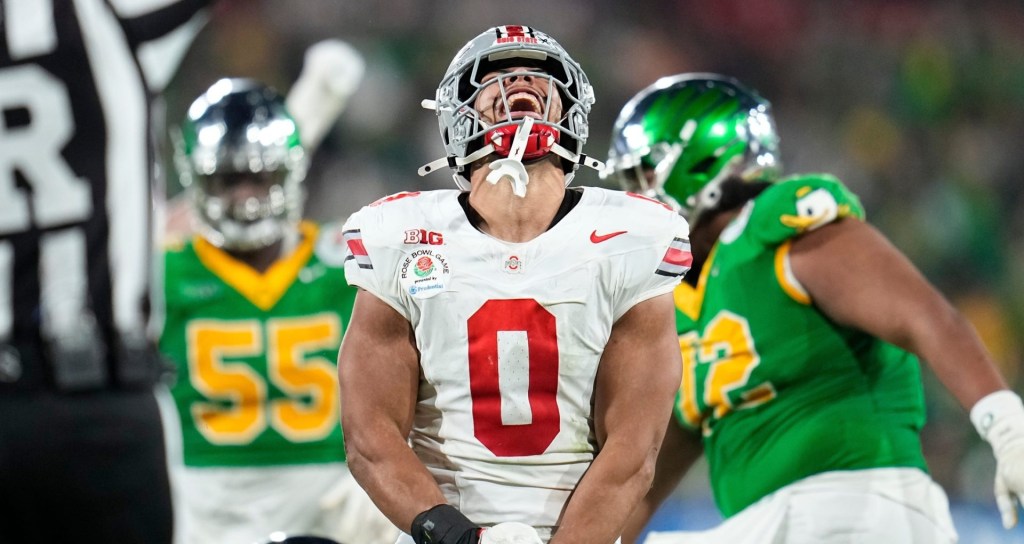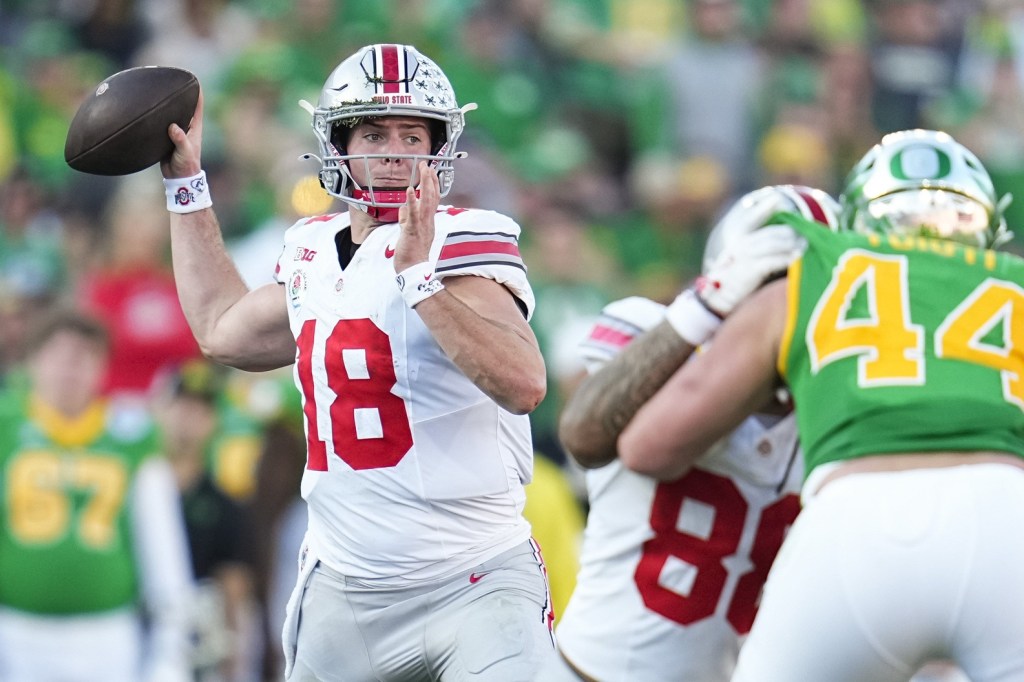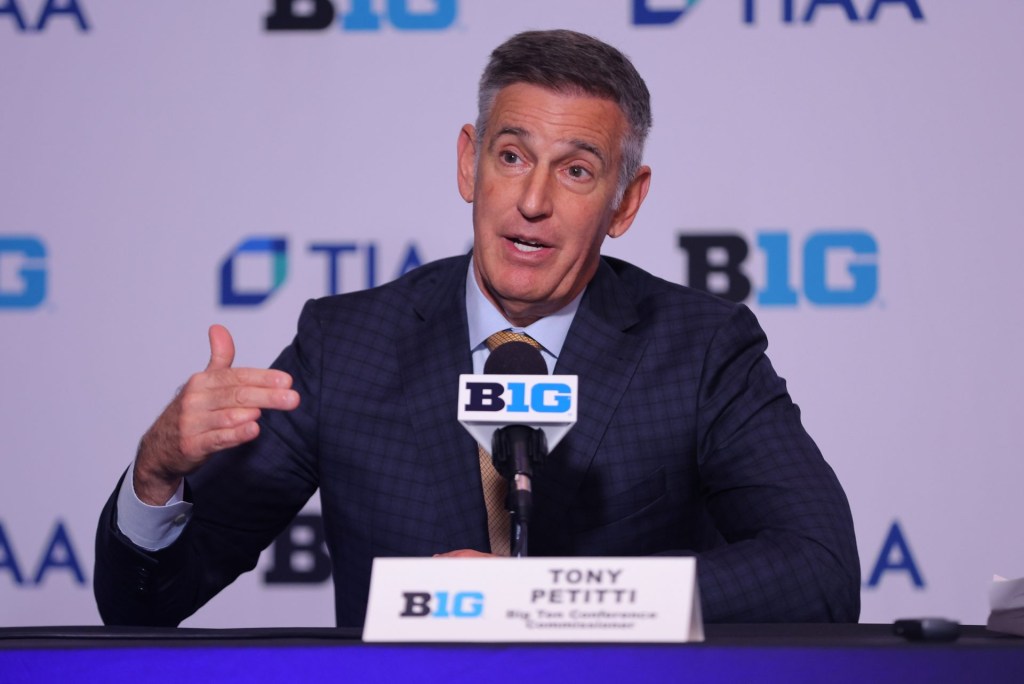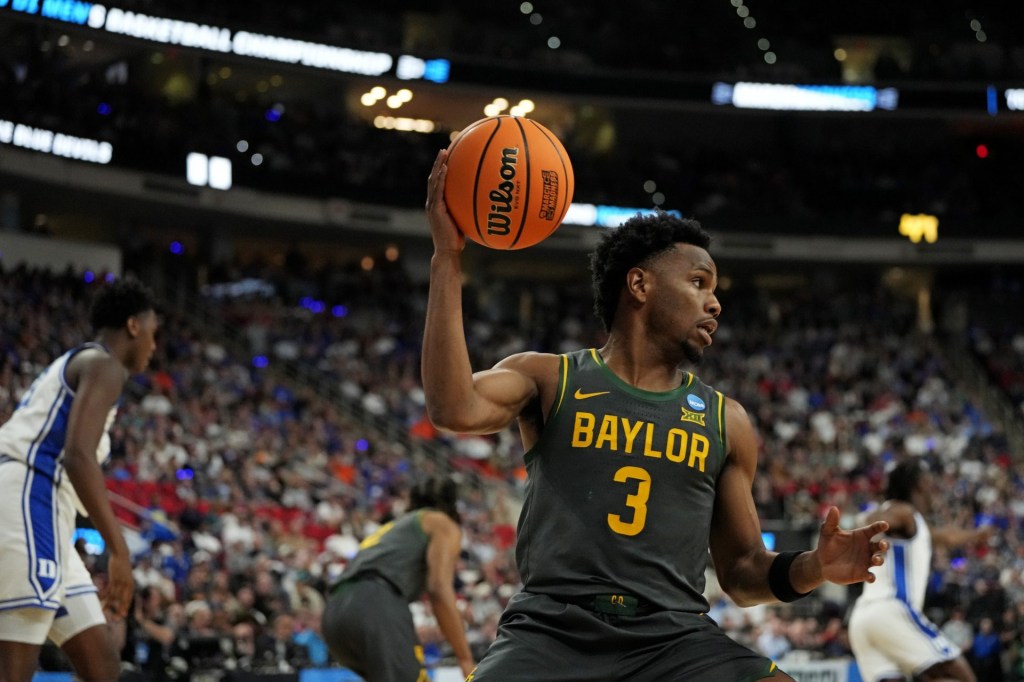On Wednesday, parties in the House v. NCAA class action submitted another draft of the settlement proposal to ensure no athletes would lose out on previously promised roster spots due to new roster limits that would be imposed by the settlement.
Northern District of California judge Claudia Wilken had previously said she wouldn’t approve the settlement otherwise.
The brief, co-signed by plaintiff attorneys and the NCAA and power conferences, would allow schools to offer players back their roster spots that have been rescinded in anticipation of the settlement. That includes current athletes whose roster spots were eliminated ahead of the new restrictions imposed by the settlement, as well as future athletes in the class of 2025-26 who were promised spots originally and then lost them. The settlement also addresses athletes who hit the transfer portal as a result of these limits, saying they can either stay in the transfer portal or go back to their original school.
The caveat, though, is that schools are not required to offer these reinstatements—they’re optional. In briefs submitted by both plaintiff attorneys and those for the NCAA, lawyers argued that roster spots have never been guaranteed for any NCAA athlete, so allowing schools the option to reinstate players, but not forcing it, was in line with previous rules before the settlement was introduced.
“The bottom line is that all current or incoming 2025-26 Division I student-athletes who were removed or told they would be removed as a result of NCAA or conference roster limits can compete for a roster spot at their schools or other schools without counting against the roster limit, for the duration of their NCAA eligibility.”
If it accommodates Judge Wilken’s demands, it could resolve a monthslong debate in the college sports industry over roster limits and pave the way for Wilken to finally approve the settlement. (Wilken said in that same filing in April that she found no outstanding issues with other portions of the agreement.)
The settlement would offer $2.8 billion in damages for athletes who couldn’t capitalize on NIL (name, image, and likeness) earnings between 2016-2021, and allow D-I schools to share up to $20.5 million each with players. But it also imposed new restrictions, including implementing new limits to rosters as a compromise for eliminating limits on how many scholarships teams could offer. As a result, however, both current and prospective athletes have lost roster spots in anticipation of the new policy.
After the settlement got preliminary approval in October, hundreds of athletes, parents, and other industry experts began filing objections with the court about lost roster spots. During the final approval hearing on April 7, Wilken endorsed a solution: any settlement should grandfather in the players who had already received roster spot offers before the agreement was publicized, and phase in roster limits slowly.
The two sides had originally declined to do so, but Wilken made a subsequent ruling stating that she was inclined not to approve the settlement unless “no members of the Injunctive Relief Settlement Class who have or had a roster spot will lose it as a result of the immediate implementation of the settlement agreement.”
The solution, outlined in a four-page brief accompanied by a new draft of the settlement, would work something like this: Any athlete who falls into the category of being “assured” a roster spot in the 2025-26 academic year, or who was on the 2024-25 roster but has since lost their spot for 2025-26, would be called a “designated student-athlete.” Each D-I school that opts into the settlement will have to submit a list of “designated student-athletes” within 30 days of final approval. Class counsel can enforce submitting these lists if needed.
Schools won’t be forced to offer roster spots back, however. Lawyers argued that was in keeping with the status quo, as players could get cut from teams for other reasons besides the settlement. “While Defendants insisted that the changes to the Settlement Agreement recognize that individual schools and their athletics departments retain discretion to independently determine which athletes will be on their rosters, that has always been the case; and it remains unchanged whether or not there are roster limits,” the brief says. “The revisions to the Settlement Agreement ensure that class members who have or would have lost roster spots or promised roster spots as a result of the new roster limits will be in the same position as they would have been in if roster limits were never implemented, i.e., roster limits do not apply to them.”
The defendants added: “Attempting to guarantee roster spots would raise a host of practical and legal difficulties. Even if student-athletes were to receive a guaranteed right of return, they could be cut the next day for athletic performance or other reasons.”
Given that the proposal doesn’t require schools to reinstate roster spots, however, it’s unclear if this will be enough for Wilken. At some point in the next couple weeks, she will issue a decision about whether the proposed grandfathering solution is enough to allow the agreement to go forward.

